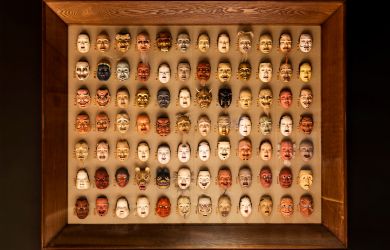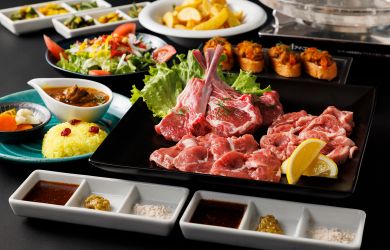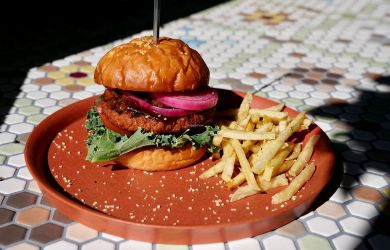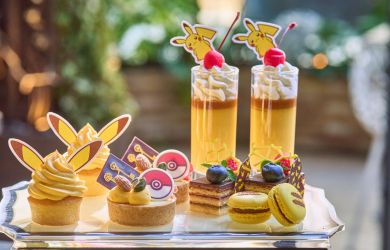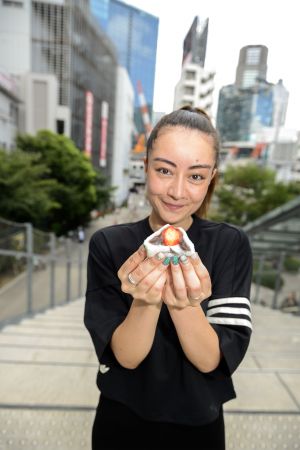
September 19, 2023
Based in Japan: Niki Micklem
Hunting for the best spots to eat in the capital
By Mika Inoue
For Niki Micklem, known to her online followers by her Instagram name @nikieatsjapan, food has always been a way to connect. Born to a Japanese mother and British father, she left the UK for Japan in 2013, looking to explore the culture through the country’s culinary traditions.
A Tokyo “salary woman” by day, food influencer by night, Micklem shares her food adventures with her community of foodies around the world, introducing everything from convenience store food hacks to some of the city’s trendiest eateries. Metropolis joined her on a food-hunting outing to ask about her content creation journey, and some of her favorite places to eat in Tokyo.
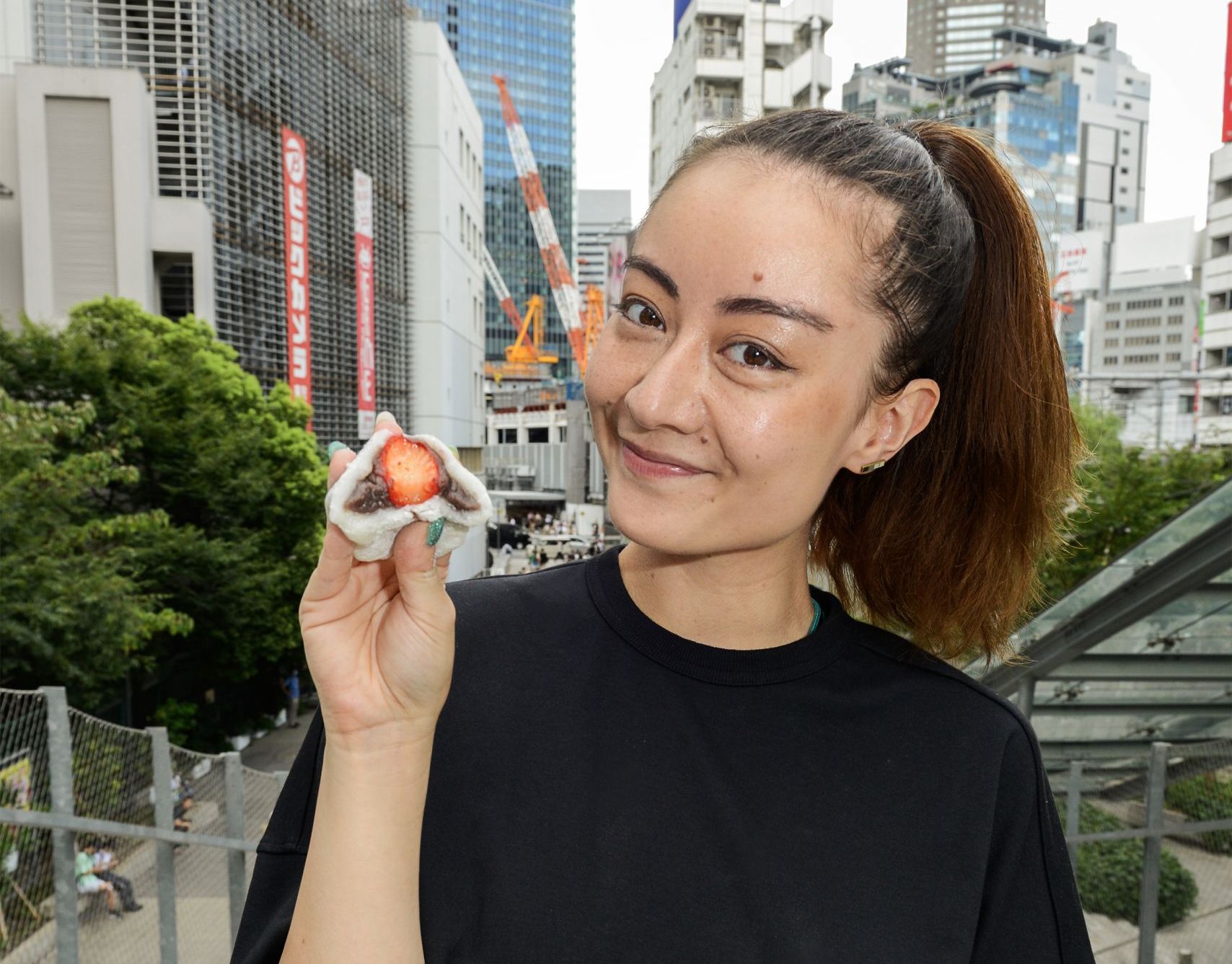
Metropolis: Were you always interested in Japanese food?
Niki Micklem: Japanese food has always been a part of my life. Whilst growing up in the UK, I would visit my grandparents every summer at their home in Fukushima. I have fond memories of fresh tempura made by my grandmother from vegetables grown in my grandfather’s garden, and learning the art of sado (Japanese tea ceremony).
Apart from my mum, of course, another person who encouraged my love of Japanese food is, ironically, my British dad. His openness to trying everything, even natto (fermented soybeans), motivated me to do the same. Looking back, my family bonded a lot through food and the meals we shared.
M: Tell us about your journey from moving to Japan to getting into food influencing.
NM: One of my very first jobs in Japan was at a tea specialty restaurant in Kyoto. They served unique dishes that merged Western cuisine with Japanese tea, like green tea pasta. I learned a lot about the Japanese restaurant business working there.
Since moving to Tokyo, I’ve had opportunities to work within the inbound tourism and social media content creation industries. I feel like these experiences gave me the tools to start creating content on my own.
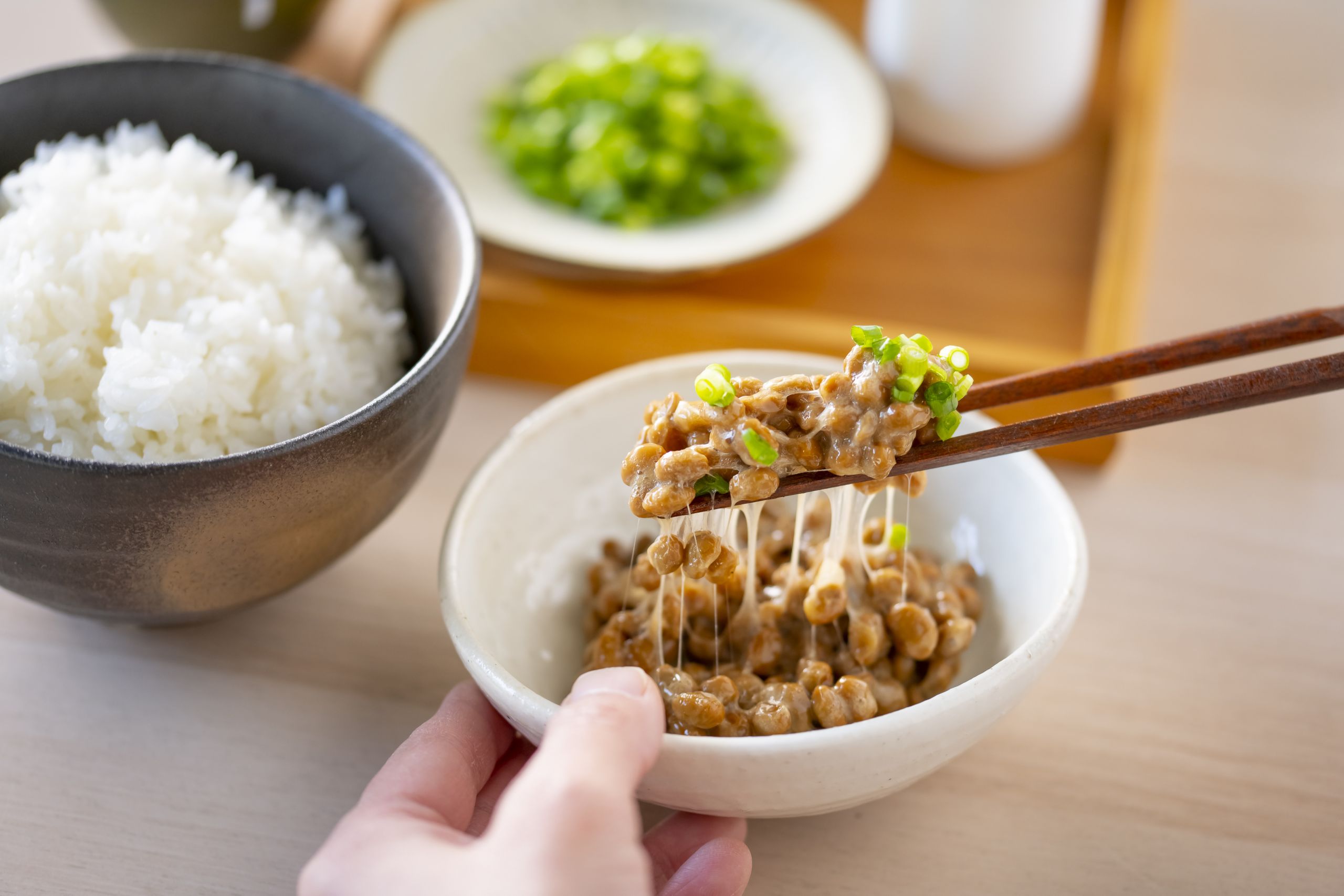
M: How do you choose what kind of content goes on your page, and what’s the creative process like?
NM: A big part of content creation is researching what’s already out there and is doing well. With that being said, I don’t curate my content in a way that only follows current trends. I try to balance videos like the convenience store food hacks with deeper dives into Tokyo’s food scene.
When it comes to the food hacks, I think it also helps that I like cooking. It’s fun for me to try out new food and drink combinations. I shoot and edit most of the content on my own, so it’s pretty easy to execute an idea once I’m inspired.
M: Any memorable feedback or comments about a certain post?
NM: There’s a reel where I introduce a cozy, family-run sushi restaurant. The food there was amazing and everything was extremely fresh.
A little while after I’d posted, the chef reached out and shared that he had been getting a lot of international customers. It made me happy to hear how excited he was, and that I was able to promote a restaurant I really enjoyed visiting. Being able to connect people and cultures in this way is a big motivator to keep posting.
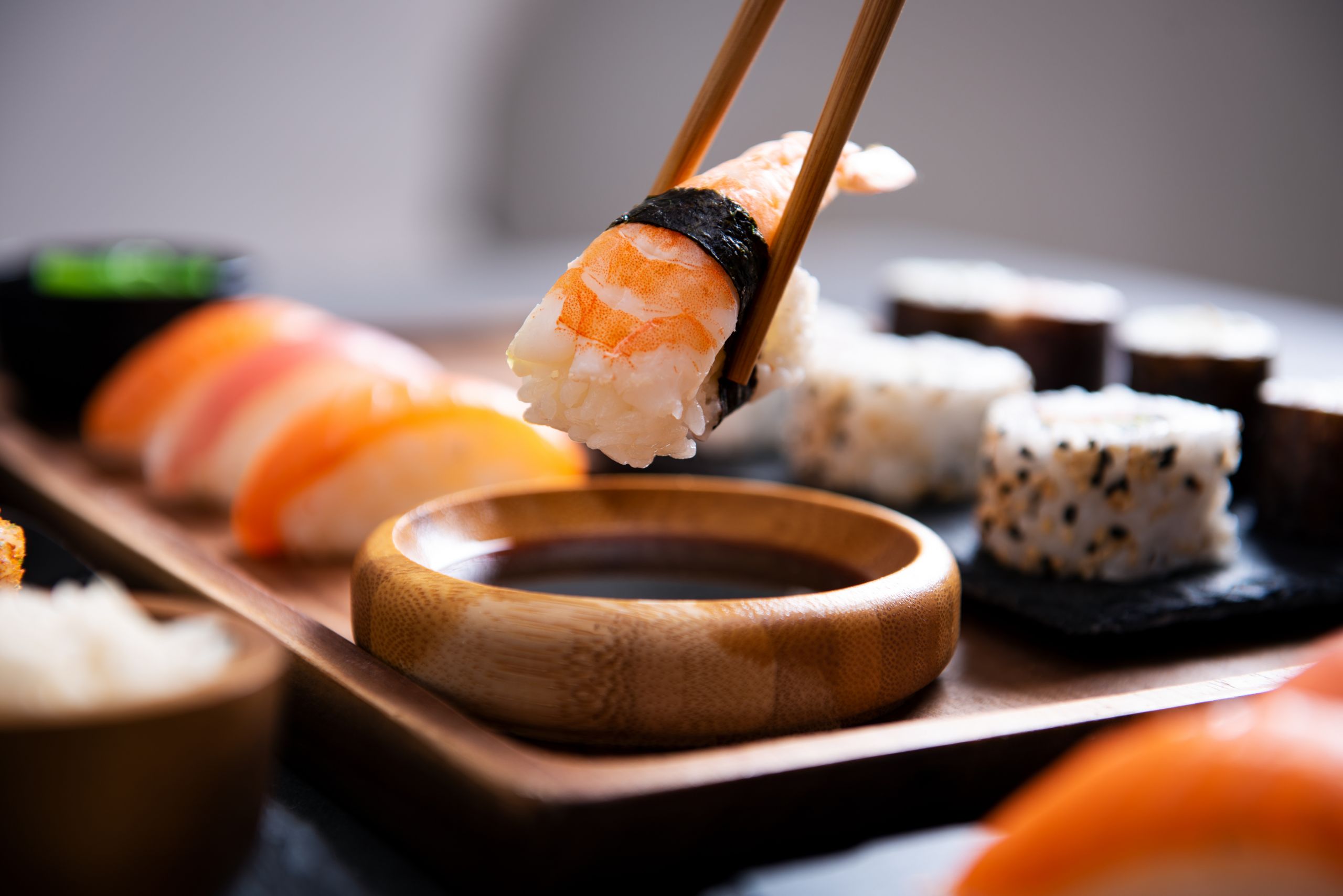
M: Do you think your background has helped the success of your page?
NM: It definitely has helped. Growing up with Japanese flavors, my palette knows what authentic Japanese cuisine tastes like. On the other hand, having lived in the UK for a majority of my life, it’s not too difficult to imagine what kind of content would be attractive to an international audience. A goal of mine has been to use this insight to bring the two cultures together.
M: What has been your favorite part about discovering the food culture in Japan?
NM: I’ve found that Japanese food culture really nurtures relationships. I’ve formed so many great bonds trying different foods with friends and Instagram has only amplified that. Whether someone invites me to try food at their restaurant or introduces me to a new dish, I end up feeling more connected to the people I’ve shared those meals and time with.
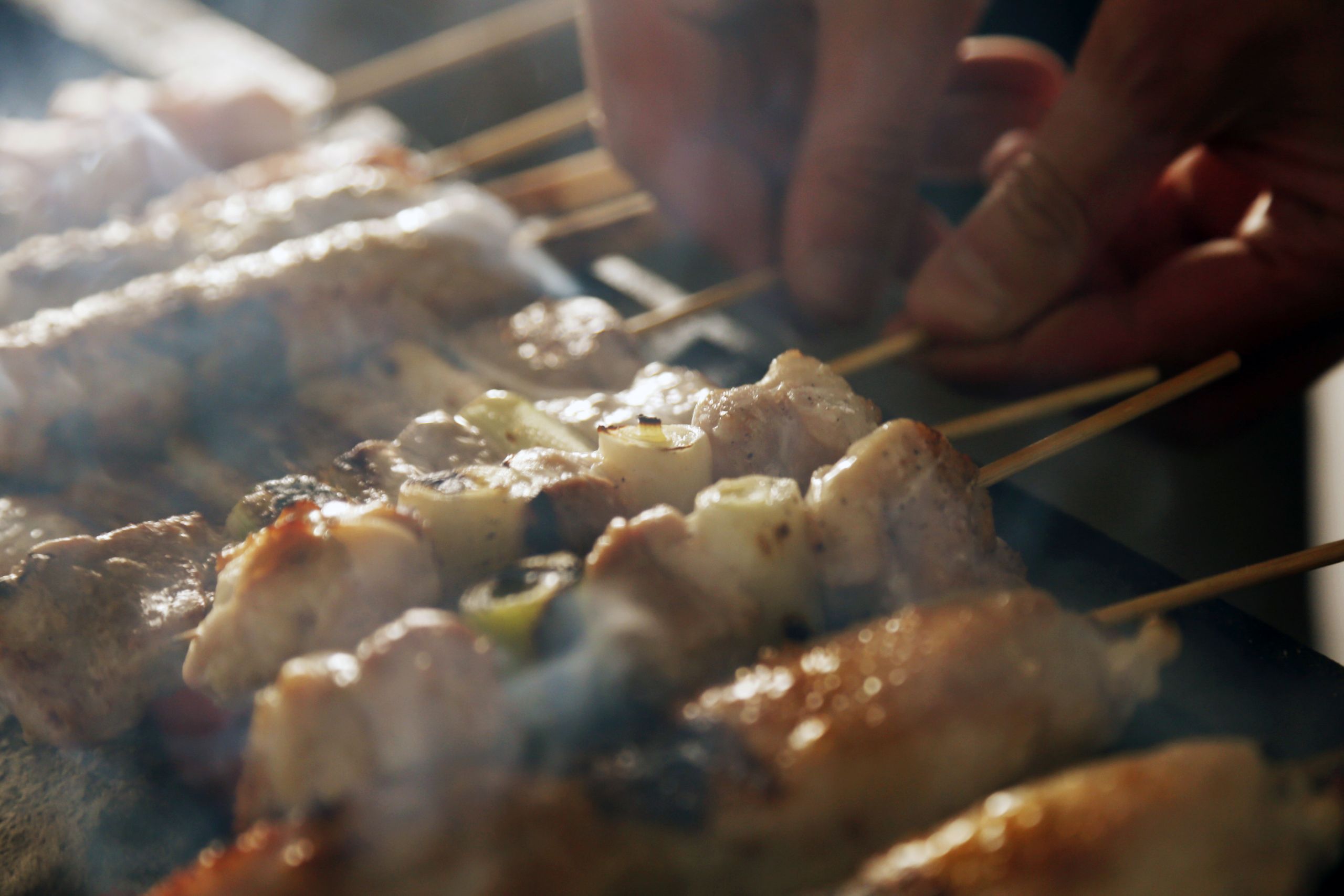
M: What are some of your go-to spots in Tokyo?
NM: I love izakaya culture, especially modern izakaya restaurants that offer traditional Japanese dishes with a twist. I enjoy walking around different neighborhoods in search of new finds. It tends to be the smaller, out-of-the-way izakaya that always have the most amazing dishes.
On the higher end, a favorite of mine is Caveman in the Nihonbashi district. They do an incredible job with ‘no-genre’ experimental cuisine. It’s basically served as an omakase (chef’s choice) course where the menu changes every two months. Each dish uses local and seasonal ingredients, and the presentation is mind-blowing. You can even choose a drink pairing course, a curated selection including natural wine and sake.

